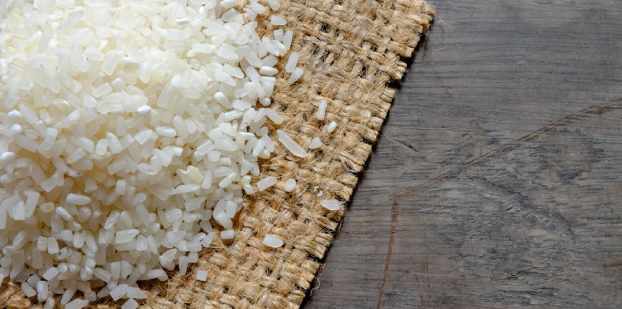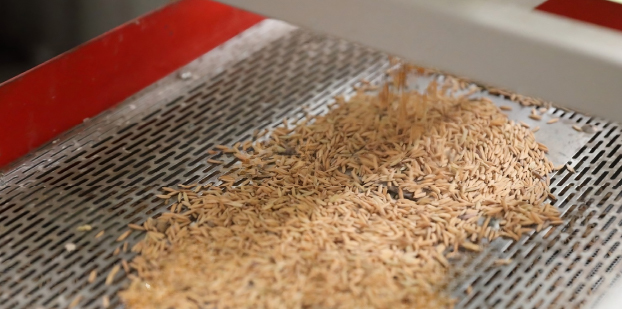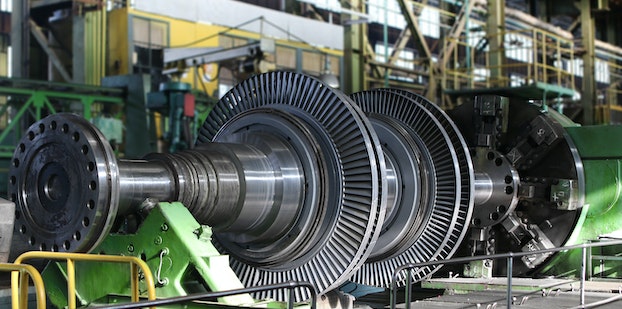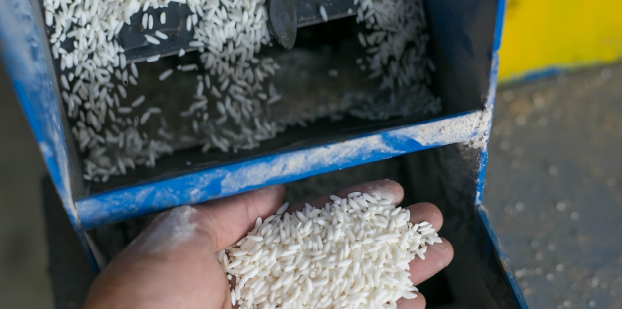March 1, 2023 | 11 min read
What causes rice to break in the milling process?

With rice being the main staple of so many people all around the world, it's important to ensure that the rice milling process is as optimised as possible. In this article, we take a look at the possible reasons rice could break in the milling process and how you could avoid these problems from happening.
Here are 3 reasons why rice breaks in the milling process and possible solutions for them:
Reason #1: Different Models of Rice Milling Machines
There are various models of rice milling machines available on the market. Each model has a different rate of broken rice due to its construction principle. For example, traditional old-fashioned rice milling machines have a whole rice rate of only 70%, with 30% broken rice. On the other hand, new generation rice machines have a whole rice rate of over 80-90%, resulting in less broken rice.
Solution #1: Choose the Right Rice Machine Model
So, if you want to minimise broken rice, it's important to be cautious when choosing the right model of the rice milling machine. Make sure you have the latest model with all the necessary features, like the one from Suri Engineers. We have almost 50 years of expertise in rice milling equipment and are a leading manufacturer in India.
Reason #2: Pressure in the Rice Milling Chamber
Sometimes, excessive pressure in the rice milling room and a long rolling time can cause breakage of the rice grains.
Solution #2: Reduce Pressure in the Rice Milling Room
One solution is to moderately increase the gap between the rice screens and the abrasive stones to reduce the pressure in the chamber and weaken the friction on the rice grains, preventing them from breaking easily.
You can also adjust the degree of the weight sets on the whitener, lowering the pressure in the chamber and shortening the time for the rice to be squeezed.
Another solution is to adjust the size of the discharge port after fixing the opening of the feed port. Observe the rice grain to ensure it's intact and has a white colour. If the rice mill has more rice, open the port; if the rice is rough, close the port. Keep in mind, the gap should not be larger than the longitudinal length of the rice grain, otherwise, it may cause a rough surface on the rice grain.
If your rice mill has an outlet pressure, you can reduce or move the pressure-reducing rudder to lower the pressure in the chamber and shorten the residence time of the rice, reducing the risk of breaking the grains.
Reason #3: Dryness of Paddy before Milling Process
Another problem that could cause broken rice is the dryness of the processed rice. If the moisture content is too high, it can lead to more broken rice.
Solution #3: Reduce Rice Humidity
To reduce the humidity and increase the hardness of the rice, you can lower the moisture content of the processed rice. Whether it is raw, steam of parboiled rice, the moisture content of the paddy should not be more than 12-15%. Anything more will lead to higher broken rice in the milling process
We hope this article will help reduce the breakage of your rice during rice milling. You can also buy the latest, premium rice milling products from Suri Engineers





